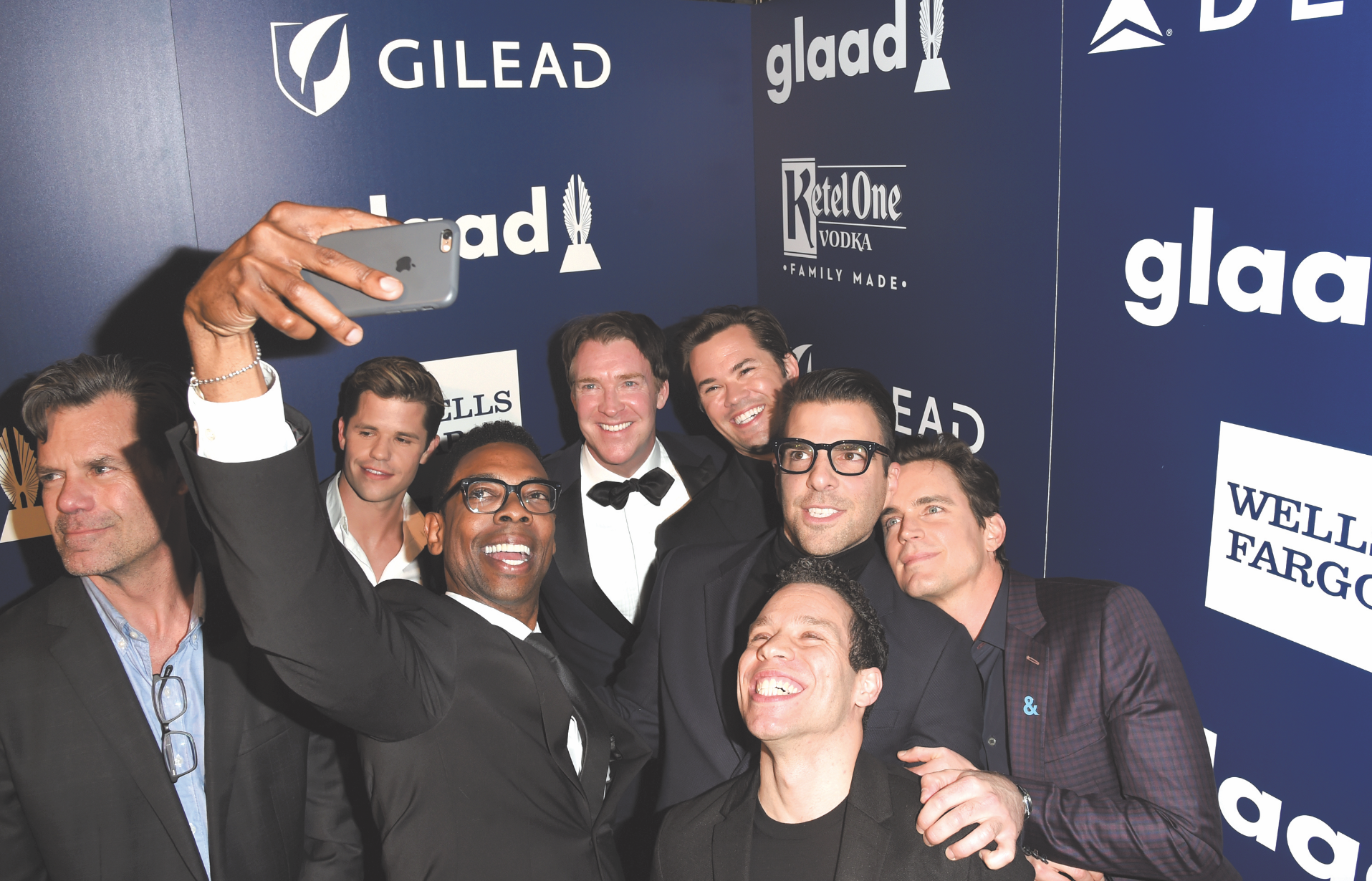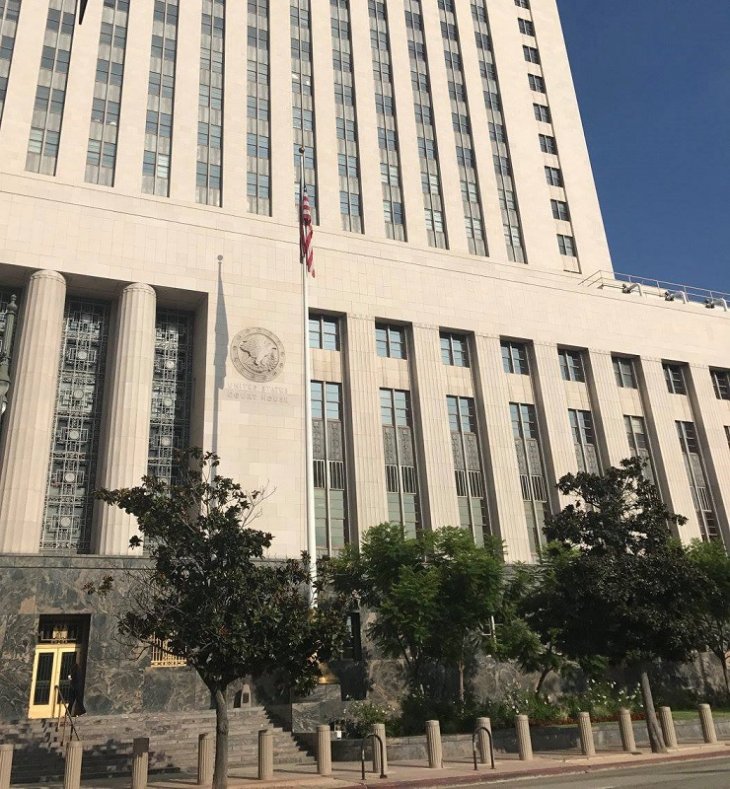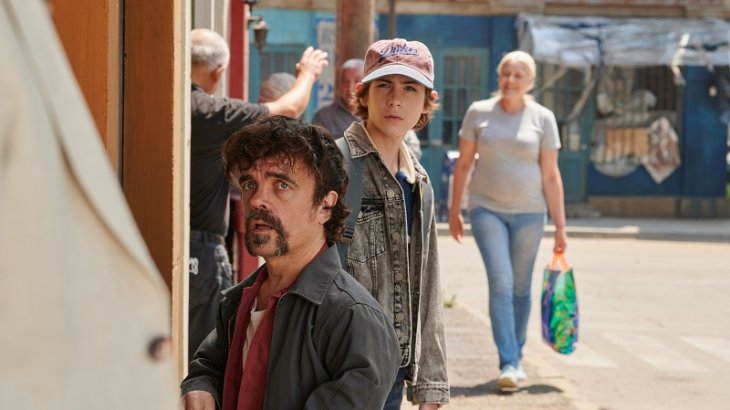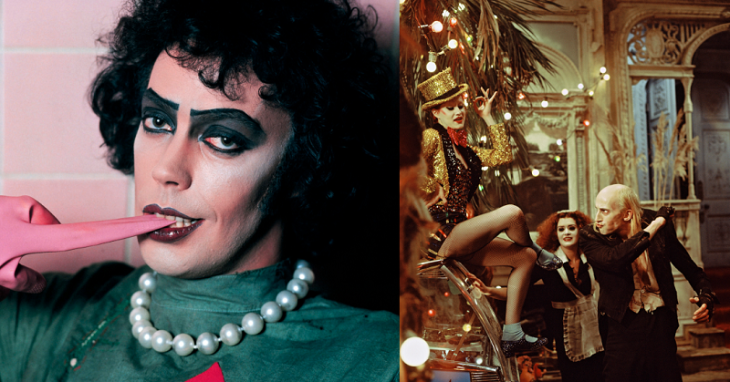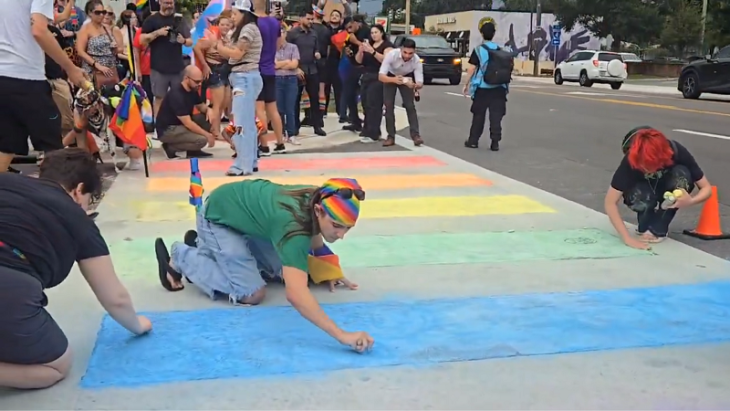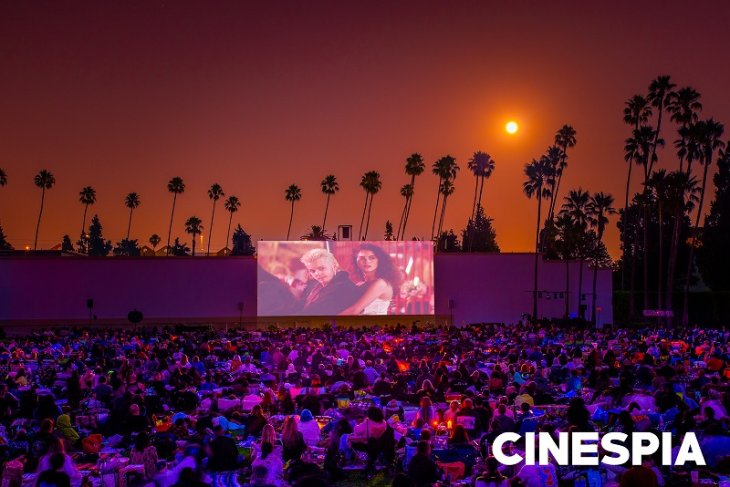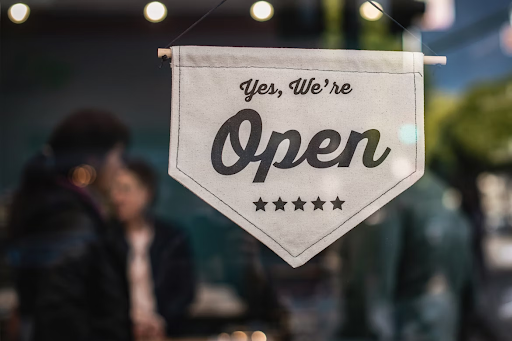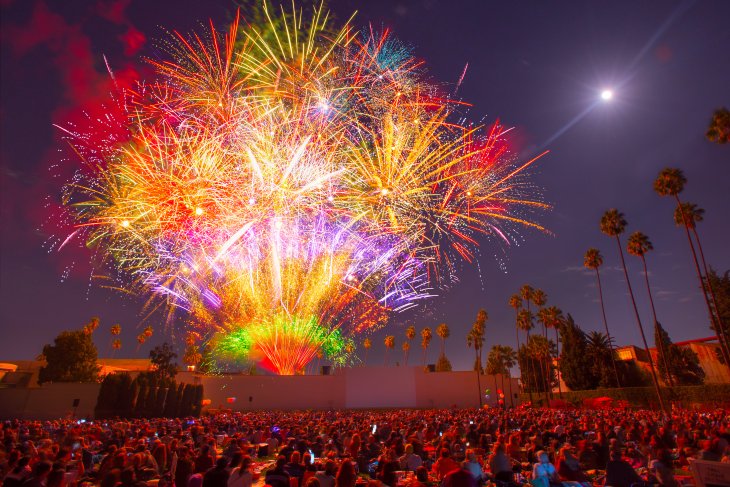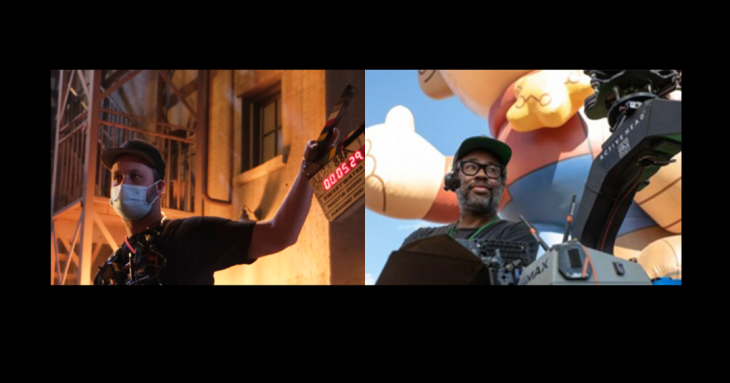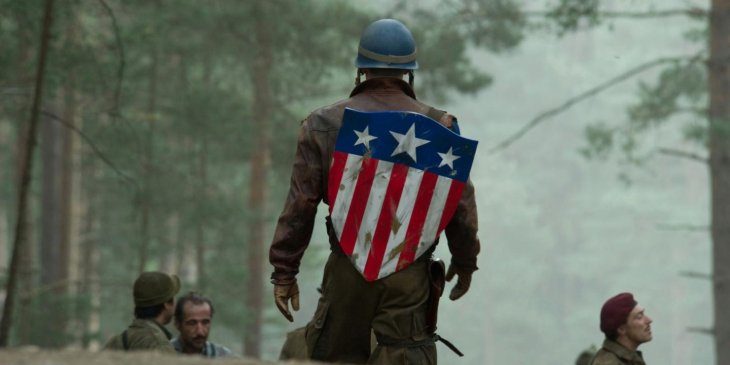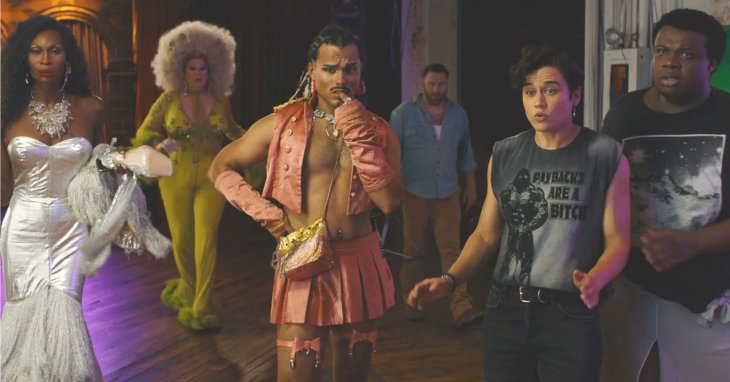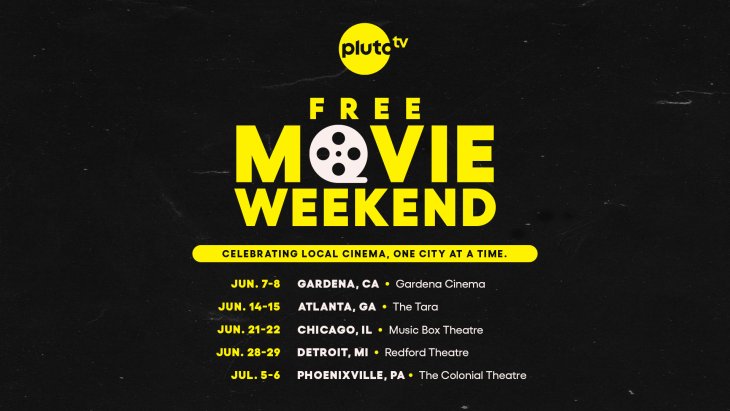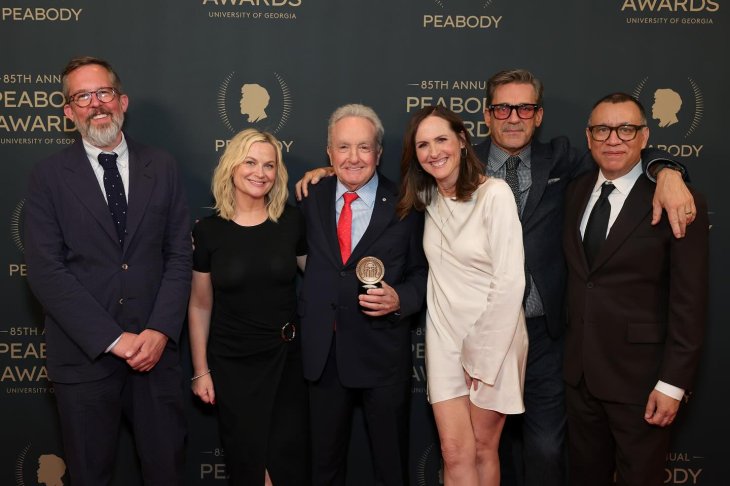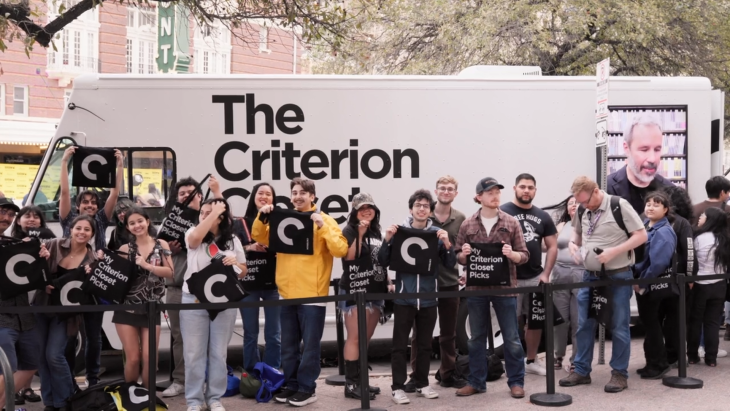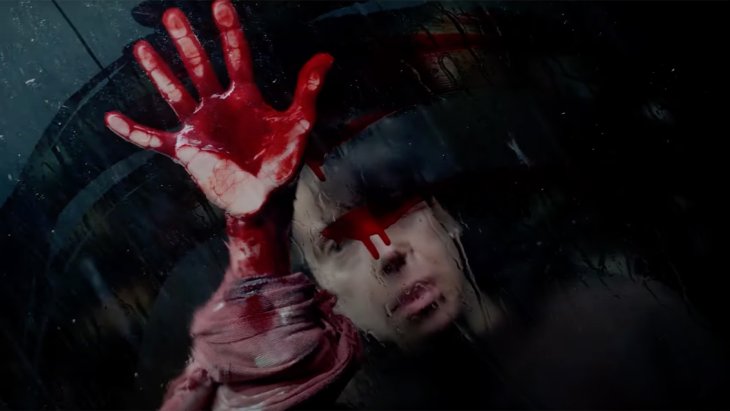The 30th Annual GLAAD Media Awards are coming to L.A. on March 28.
Rich Ferraro has been working with GLAAD for 10 years. In that time, he’s been able to see queer representation in global media catch up to the way queer folks live their lives today. Starting with only a handful of nominees in the early days, the hyper-visible award show is now a place where LGBTQ+ can go to see themselves reflected all around the world. The Pride L.A. caught up with GLAAD’s chief commercial officer to talk about progress, inspiration and how far we’ve come.
The Pride: What makes this year’s celebrations different?
Rich Ferraro: This year is the 30th anniversary of the GLAAD media awards, so we’re looking back at the legacy of the awards and how the nominees throughout the years raised the bar for LGBTQ+-inclusive images in media. What I’m very excited about this year is the caliber of talent in the room. Beyoncé and Jay-Z will be honored in L.A., I expect that their speech about why and how they support LGBTQ+ people is going to be a moment that’s shared around the world. It will reach people living in countries where messages of acceptance are not the norm. The GLAAD media awards has become the most visible event in the world based on press impressions. When we do this show, it’s less about what gown someone is wearing and more about the message.

How are the nominees chosen?
We have over 150 nominees in 12 categories, and those are chosen by putting out calls for submissions. We receive over 500 nominations every year, and that number has grown significantly over the past few years. Our staff works in Hollywood and they spend their days advocating for more inclusive media. The winners are voted for by GLAAD’s board of directors and staff, media professionals, previous winners, and major donors. For our honorees, those are selected by our CEO. The criteria for honorees revolve around who’s moved the needle and really educated audiences about LGBTQ+ people, but also who’s going to use that global platform to spread that message around the world. Jay-Z, for instance, came out for marriage equality long before many celebrities. There was a moment last year where he was able to put the spotlight on older, black lesbian members of the community by writing a song about his mother, who is part of that. We think about how our honorees are going to reach audiences around the world and impact them. For our 30th anniversary, we’re going to have some of the biggest stars in the world as honorees, including Jay-Z, Beyoncé, and Madonna.
Do you imagine it getting political this year?
We always use our stage to make political, cultural messages. Before our celebrities go onstage, we let them know that it’s not going to be enough just to read the nominees off. We only allow people on our stage who are going to use that time to further acceptance.
Has there ever been a piece of media that’s been extremely divisive for voters?
This year we did remove the film “Bohemian Rhapsody” from contention in solidarity with the #MeToo and #TimesUp movements after the Atlantic put out an article about Bryan Singer’s alleged assault. That was a very tough decision because the film itself has had a lot of great impact around the world. It’s been screened in countries where audience members likely never saw a bisexual lead character before. The footage that they include of the HIV/AIDS crisis was important for people to see as well. The movie brought up really important issues, but we wanted to make a statement about Bryan Singer and standing in solidarity with survivors of sexual assault.

What’s the most exciting change in media that you’ve seen since the GLAAD awards began?
If you look back to the early ceremonies, there were less than a dozen nominees in total, because there were so few portrayals of LGBTQ+ characters, especially when you factor in accurate and positive interpretations. So much of it was anti-LGBTQ+ and based on stereotypes. Now, we’re looking at this huge pool of potential nominees. It includes outlets like Ebony, it includes video game companies. There’s a huge diversity of media genres and outlets. It speaks to the idea that LGBTQ+ people are more visible in the media and that there’s so much great content and stories about our lives being shared. What I’m excited about is that we get to recognize and honor the media projects that are raising the bar. The quantity is there, but the quality can still be improved. I think what you’ll see this year is that the stories are bold and original and have never been told before. That sends a message to the media industry and the people who actively campaign for these awards. We can incentivize them to tell stories that embrace diversity, whether racial or religious or socio-economic in our community, and that’s going to lead to even better LGBTQ+ media.

